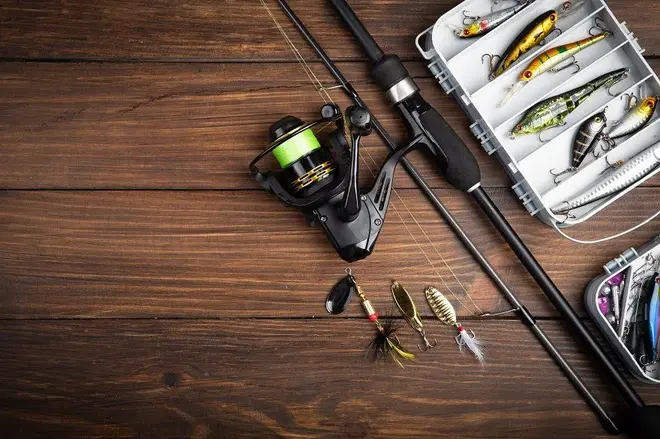HOME
What Is the Best Bait for Mouse Traps That Actually Works
April 14, 2025
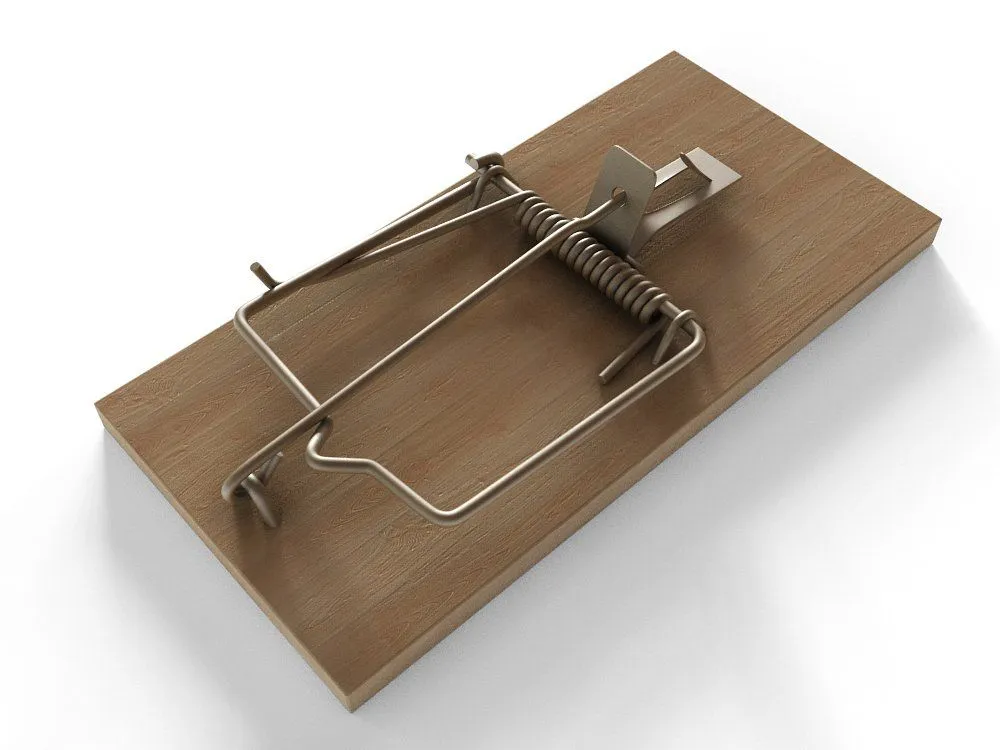
Mice are smart. They move fast, avoid new things, and always search for food. But once you figure out what attracts them, they become easier to catch. Picking the right bait for your mouse trap can save you time and frustration. Some baits draw them in right away. Others sit there untouched, even when mice are active in the area.
Many people just grab whatever food is in the fridge or follow old tips they found online. But the truth is, not everything works equally well. This guide will walk through the best bait choices based on real testing and what actually works, not just what people assume. It does not matter if you are using a snap trap, electric trap, or catch-and-release setup. The baits below all performed in real situations.
How I Tested These Mouse Baits
I ran a basic indoor test using both snap traps and humane traps. Over a few weeks, I tried a different bait each day and kept track of what got touched, what was eaten, and what was left behind. I checked traps every morning and evening. I also looked through forums and spoke with a local exterminator for a broader view of what works.
Let’s go through the best options one by one.
What You’ll Find in This Guide
Peanut Butter

Peanut butter is one of the most effective mouse baits out there. The strong scent pulls them in from a distance, and the sticky texture makes it hard for them to grab and go. Mice need to lick and chew to get it off the trap, giving the trap time to spring. You do not need much. Just a small dab about the size of a pea is enough. If you use too much, they might get some without triggering the trap.
I used a thick, basic brand for testing, and it worked fast. In multiple tests, mice went for it within hours. Peanut butter works in snap traps, electric traps, and even on DIY setups like bucket traps. Just make sure the bait is fresh and not dried out, or it loses its smell.
Chocolate
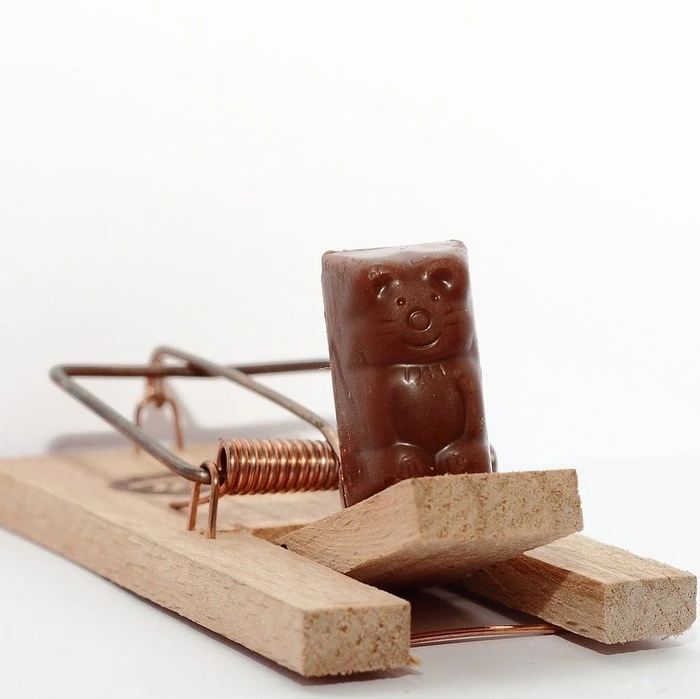
Chocolate is another strong option because it’s packed with sugar and fat. That makes it attractive to mice, who are always searching for calorie-rich food. I tested small chunks of milk chocolate, and they performed well. You can also melt it a little and smear it onto the trigger so it sticks better.
I had better luck with milk chocolate than with dark chocolate. Darker versions didn’t seem to attract as much attention. Chocolate works best in cool or dry rooms. In warm areas, it tends to melt or get too soft to stay in place. Mice found it appealing, but it did not work quite as fast as peanut butter.
Bacon Bits
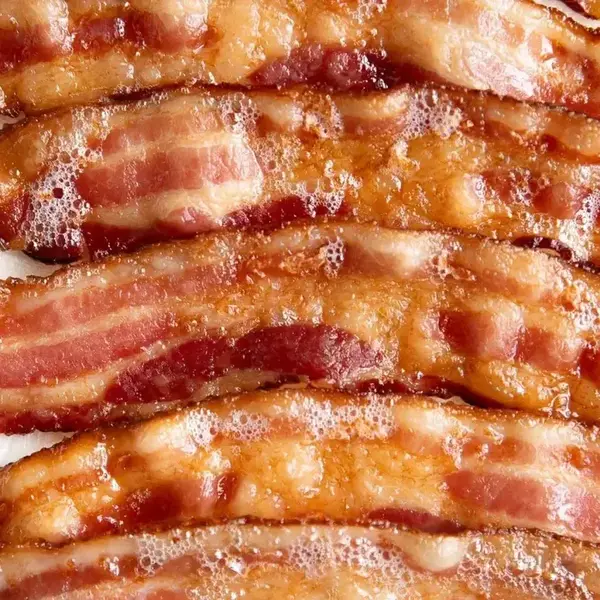
Cooked bacon and bacon bits offer a strong scent and high fat content, which mice really go for. The smell of meat grabs their attention quickly. I tested small pieces of crispy bacon and tied them onto traps with thread to stop mice from dragging them away. This bait worked extremely well in early tests. I caught two mice overnight using cooked bacon.
It is a good option if you have leftover food from breakfast. Just be careful in warm or humid areas. Bacon can spoil if left too long, especially raw bacon. Use this bait where you can check traps frequently.
Seeds and Nuts
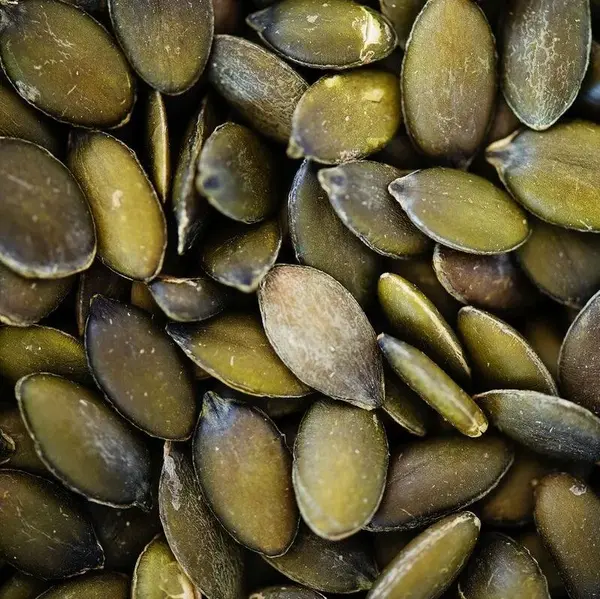
Mice naturally forage for seeds and nuts, so this bait type taps into their usual behavior. I used unsalted sunflower seeds and chopped peanuts for testing. They were interested, but the challenge is that these are easy for them to steal without triggering the trap.
To make it more effective, I mixed the seeds into peanut butter. That way, they still get the familiar scent but have to work harder to get it. This setup worked much better. If you use nuts or seeds alone, try crushing them a bit to release the scent. This bait works well in sheds or dry areas where food is harder to find.
Bird Food

If you keep bird seed around, this is an easy option to try. The mix of grains, seeds, and oils can attract mice pretty well. I tested this both on its own and mixed with a sticky binder like peanut butter. On its own, bird seed got some attention, but it was too easy for the mice to grab and leave.
Once I mixed it with peanut butter, results improved. It still took a few days to catch anything, but mice eventually went for it. Bird food is not as consistent as some other options, but it can work if you have it handy and want to try a low-cost bait.
Cheese
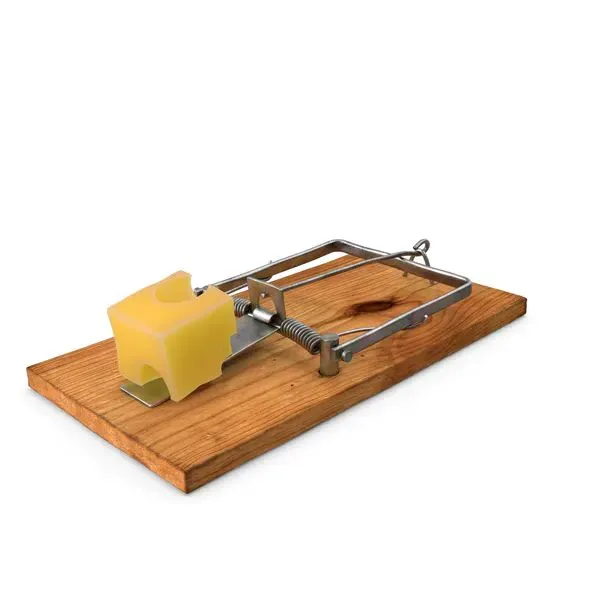
Cheese is the classic cartoon bait, but in real life, it is not the most effective. I tested both hard cheddar and soft cheese spreads. The harder cheese was easy for mice to nibble and run. They took pieces without setting off the trap.
Soft cheese, especially cream cheese, did better. It stuck to the trap and forced the mouse to work harder, which increased the chance of a successful catch. Mixing it with oats made it bulkier and slightly more appealing. Still, peanut butter performed better in nearly every test.
Pet Food

If you have a cat or dog, dry pet food can serve as bait. Many brands are made with meat-based ingredients, which mice are naturally drawn to. I broke a few pieces of kibble into smaller chunks and placed them in traps.
This bait worked best in garages or near pet food storage areas. The scent is strong, but the size of the kibble can be a problem. If the pieces are too big, they may not trigger the trap properly. Breaking them down helps. It is a good backup option if you do not want to use human food.
Marshmallows
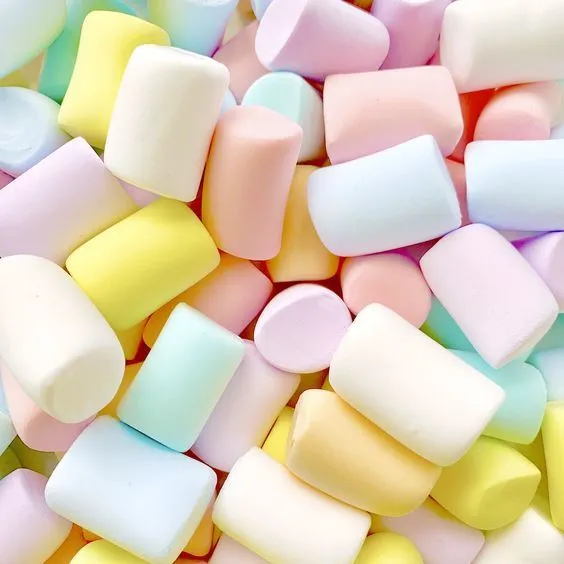
Soft, sweet, and sticky, marshmallows can work as a bait option. Mice like sugary food, and the texture makes it hard to take without triggering the trap. I tore off small pieces and pressed them into the trap’s bait area.
Mice showed some interest, but it took longer for them to act. This bait was less effective in the short term compared to meat or nut-based options. Also, avoid using marshmallows in warm spaces where they may melt or shrink.
Gumdrops and Candy
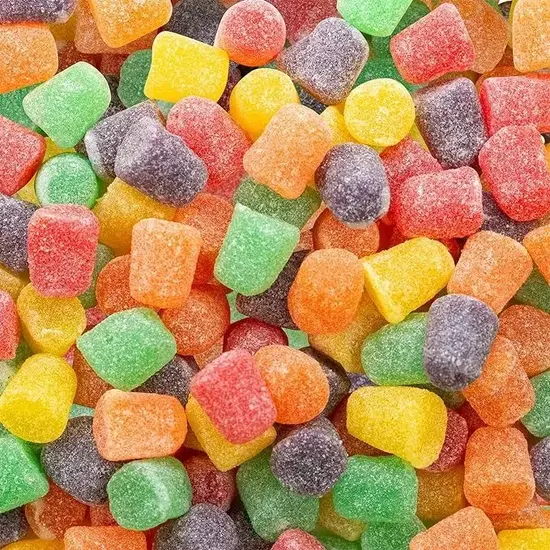
I tried a few types of soft candy, including gumdrops and caramels. Mice did not show as much interest in these as I expected. Some baits were ignored for days. The ones that worked were sticky enough to keep mice engaged once they started chewing.
Hard candy is not ideal. Mice do not have the tools to bite through it easily. Sticky candy worked better, but it still lagged behind options like bacon and peanut butter. If you try this bait, press it deep into the trigger area so the mouse has to stay and work at it.
Oatmeal and Grains
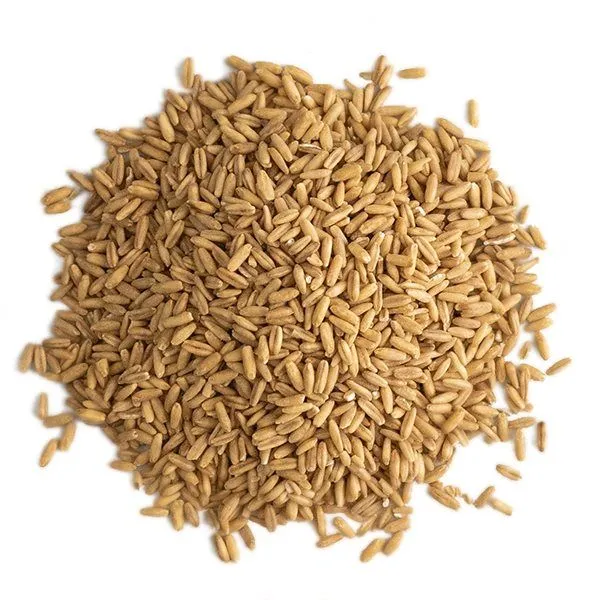
Dry oats are a common pantry item and can work as bait, especially if you combine them with something sticky. On their own, oats are too easy to take and carry away. I mixed oats with peanut butter and shaped them into small balls.
This combo worked well in kitchen cabinets and under sinks. Mice seemed drawn to the scent, and the sticky texture helped keep the bait in place. Oats are cheap and easy to use if you are setting up multiple traps at once.
Leftover Cooking Oil

Used oil or grease from bacon can also attract mice. I tested by rubbing a bit of oil onto a cloth near the trap. The idea here is not to use oil as bait itself but to increase the scent in the area and draw mice toward the trap.
Once they are in the area, a better bait like peanut butter or bacon can do the rest. Do not pour oil directly onto traps, though. It can mess with the trap mechanism. Use this as a booster, not a main bait.
Tips for Better Results
No matter what bait you use, placement matters. Always put traps along walls or behind appliances, not in the middle of the room. Mice tend to run along edges. Use a small amount of bait and avoid handling it with bare hands if possible. Your scent can make mice suspicious.
Check traps daily and refresh bait if it looks dried out. If a trap is untouched for three days, try switching bait or moving the trap to another location. Also, remove any other food sources from the area. If mice have easy access to crumbs or garbage, they might ignore your traps.
What to Do If Nothing Works
Sometimes the bait is not the issue. Mice might just be cautious or already have better food nearby. Try different baits in different traps at the same time. That gives you more chances to find what works in your space.
Also, try to reduce clutter. Mice feel safer in tight spaces with cover. Cleaning up and limiting hiding spots can make them bolder and more likely to go for the bait.
Final Thoughts on What to Use
Based on real testing, the three most effective baits were peanut butter, cooked bacon, and milk chocolate. These options attracted mice quickly and consistently. They also stayed in place and triggered the traps properly.
Secondary options like seeds, cheese, and pet food also worked but were not as reliable. Marshmallows, candy, and bird food had mixed results and took longer to catch anything.
If you want fast results, start with peanut butter. If that fails, switch to bacon or chocolate. Always use a small amount, refresh often, and watch your trap placement.
Mouse control takes patience. But with the right bait, you will see results sooner than you think.
